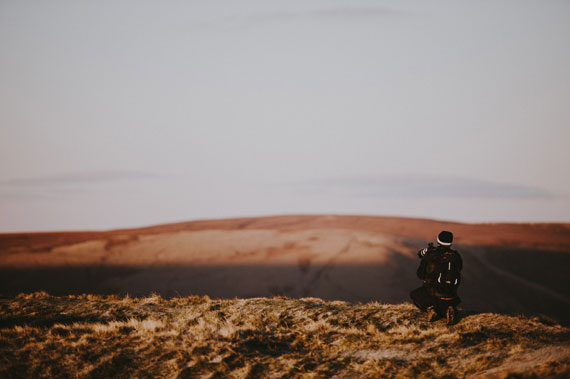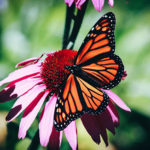The world around us is diverse and teeming with once-in-a-lifetime views. Landscape photographers aim to capture those moments — be they a lofty, mist-shrouded mountain or photo-bombing bovines. Talented landscape photographer Charlie Waite captures the extraordinary in the ordinary.
His photographs are a masterclass in composition, depth, and emotion. One of his secrets is his astute eye for lighting — which can make or break an image. In this landscape photography tutorial, he shares his top tips on how to master the subject.
Invest in an Accurate Camera
Charlie is a firm Hasselblad loyalist. He believes that your camera and equipment are the most critical components of your photography, as accuracy is key. His companion is a Hasselblad 500C 6cm x 6cm — a camera first manufactured in 1957. Also, featuring one of the most accurate lenses as far as sharpness, pixelation, and color go.
His newest addition is the CFV II 50C digital back, built to fit even Hasselblad V System legacy cameras. Aside from this, he always uses a polarizing filter, which removes white light spots. Plus, he packs a graduated filter, which darkens overly-bright sky or ground, such as a sandy beach. An unexpected necessity is a ladder, which he’s climbed on more than one occasion to improve his vantage point and composition.
Train Your Eye to Notice Everything
As with his choice of camera, accuracy is important. If you do not see a scene as it is, you’re probably not going to capture it accurately. Charlie advises photographers to be aware of every element in the photo and the frame.
Look at the effect the polarizing filter is having. Train your eye to see in 3D — not just 2D — as depth is vital for landscape photography. Doing so will ensure you produce a photo the same or similar to what you saw or felt.
As Charlie says:
Many people will say, don’t photograph what it looks like; photograph what it feels like. I think that’s a lovely expression…

Photo captured by Annie Spratt
Leverage Symmetry and Asymmetry
If you study any of the images Charlie highlights as examples in this YouTube tutorial, you’ll notice one thing. His clever use of asymmetry and symmetry in each and every one. As if painted by brush, each element complements the other and adds to the overall composition cleanly and attractively. And what is more “as below, so above” than the sky?
Though it’s generally always present in landscape photography, it’s not always celebrated or considered. Charlie makes sure to time his shutter click just right with its movements — which results in stand-out landscapes. Be it clouds, clear skies, or an eavesdropping bird; he’s the master of capturing the artful interplay of air and earth.
The Right Lighting Is Worth Waiting For
The sky isn’t just a puzzle piece of the landscape, either — it’s also a source of light. Careful thought must be placed on its content and temperament. The angle of light acts much like a spotlight or flash, whereas clouds are a natural filter. Both augment the shadows, light, obscured, and spotlighted areas below.
To get the image just right, Charlie waits for the perfect time. He suggests photographers watch and premeditate the movement of clouds to achieve the best results. Distinct clouds make for an interesting photo. A missing cloud can be as impactful as a shapely one. The light it lets through brings out a hard shadow behind objects below.
Wrapping Up
Landscape photography can be a hobby, profession, and passion. Charlie’s top tips for heading out are to know your camera, be confident, and come prepared. There’s always a stunning scene waiting to be captured. You just have to find it and capture it.
Like This Article?
Don't Miss The Next One!
Join over 100,000 photographers of all experience levels who receive our free photography tips and articles to stay current:





